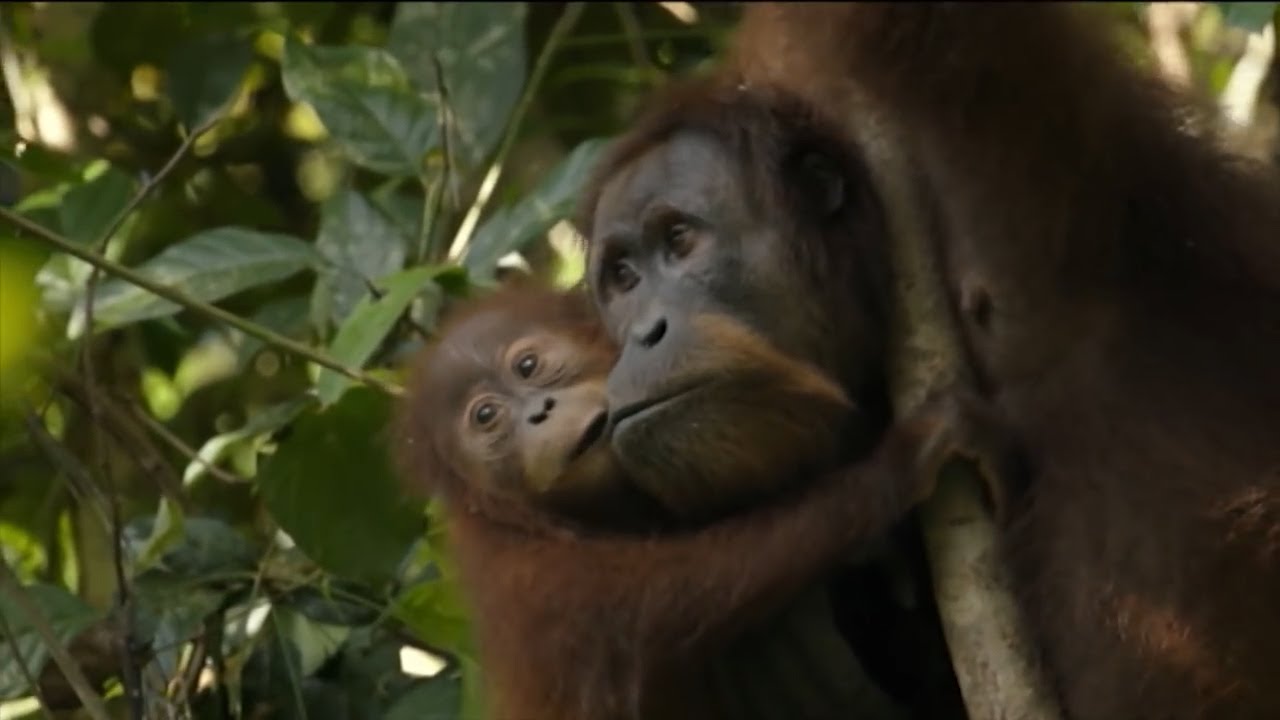3 Spesies Katak Yang ditemukan di Indonesia Sepanjang Tahun 2021 | Animals #vlykostv #hewan
Summary
TLDRIn 2021, three unique frog species were discovered in Indonesia. The first, Microhila Sriwijaya, is a small frog with a narrow mouth and a blunt snout, found on Belitung Island and in Lampung. The second species, a member of the Chocorit group, has a body length of 25-29 mm. The third species, Litoria Lubis, is a strikingly colorful frog reaching 70 mm in length, found exclusively in the sago forests of Mimika, Papua.
Takeaways
- 😀 A species of frog discovered in Indonesia in 2021, called 'cilik', belongs to the small chocorit frog group.
- 😀 The male cilik frog has a body length of approximately 25.3 to 28.9 mm.
- 😀 The cilik frog has a narrow mouth and a blunt, round snout with a length of 12.3 to 15.8 mm.
- 😀 The scientific name of the cilik frog is 'Microhila Sriwijaya'.
- 😀 This frog species was found on Belitung Island and in Lampung, Indonesia.
- 😀 The Litoria Lubis frog has a more striking color compared to other green frogs.
- 😀 Litoria Lubis frogs can reach a body length of up to 70 mm.
- 😀 The Litoria Lubis frog is only found in sago forests in Mimika, Papua.
- 😀 The cilik frog and Litoria Lubis represent different species discovered in Indonesia in 2021.
- 😀 These frog species contribute to the biodiversity of Indonesia, showcasing unique adaptations and habitat preferences.
Q & A
What are the three species of frogs mentioned in the script?
-The three species of frogs mentioned in the script are: Microhyla Sriwijaya, Litoria Lubis, and a species found in the southern coastal areas of Indonesia.
What is the typical size range of the male Microhyla Sriwijaya frog?
-The male Microhyla Sriwijaya frog typically ranges in size from 25.3 mm to 28.9 mm in length.
How is the mouth of the Microhyla Sriwijaya frog described?
-The Microhyla Sriwijaya frog has a narrow mouth.
What is the unique feature of the snout of Microhyla Sriwijaya?
-The snout of Microhyla Sriwijaya is blunt and rounded, with a length ranging from 12.3 mm to 15.8 mm.
Where is the Microhyla Sriwijaya frog found?
-The Microhyla Sriwijaya frog is found on the islands of Belitung and Lampung.
What distinguishes the Litoria Lubis frog from other green frogs?
-The Litoria Lubis frog is characterized by its more striking and vibrant colors compared to other green frogs.
What is the maximum size of the Litoria Lubis frog?
-The Litoria Lubis frog can grow up to 70 mm in length.
Where can the Litoria Lubis frog be found?
-The Litoria Lubis frog is found exclusively in the sago forests of Mimika, Papua.
What type of habitat do these frog species typically inhabit?
-These frog species are typically found in tropical environments, with Microhyla Sriwijaya inhabiting islands and Litoria Lubis living in sago forests.
What is the significance of the year 2021 in the context of these frog species?
-The frog species mentioned in the script were discovered in Indonesia during the year 2021.
Outlines

Cette section est réservée aux utilisateurs payants. Améliorez votre compte pour accéder à cette section.
Améliorer maintenantMindmap

Cette section est réservée aux utilisateurs payants. Améliorez votre compte pour accéder à cette section.
Améliorer maintenantKeywords

Cette section est réservée aux utilisateurs payants. Améliorez votre compte pour accéder à cette section.
Améliorer maintenantHighlights

Cette section est réservée aux utilisateurs payants. Améliorez votre compte pour accéder à cette section.
Améliorer maintenantTranscripts

Cette section est réservée aux utilisateurs payants. Améliorez votre compte pour accéder à cette section.
Améliorer maintenantVoir Plus de Vidéos Connexes

Orangutan untuk Indonesia yang lebih Sustainable

Unsolved Mysteries of Amazon Rainforest | Dangerous Animals of Amazon Rainforest | Muz Studio

NEW SPECIES of Human "Hobbits" Discovered (Season 3) | The UnXplained

A Giant Extinct Sea Cow

PERSEBARAN FLORA DAN FAUNA DI INDONESIA

Kelas 10 SMA - Biologi - Keanekaragaman Hayati - Bimbel Tridaya Online
5.0 / 5 (0 votes)
